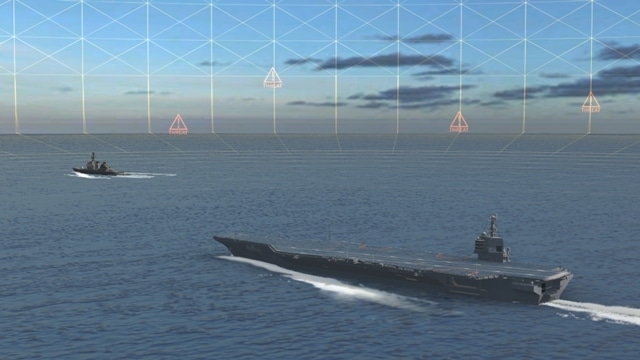Mar 1 2016
The Office of Naval Research (ONR) has awarded BAE Systems an $11 million contract to develop next-generation electronic warfare (EW) technology that will quickly detect, locate, and identify sources of radio frequency signals. Known as the Full-Spectrum Staring Receiver (FSSR), this technology will enable near-instantaneous battlespace situational awareness, emitter tracking, threat warning, and countermeasure cueing. Conventional threat warning systems are not able to deliver the high level of coverage and responsiveness that FSSR will provide.
 BAE Systems is developing next-generation electronic warfare technology that will quickly detect, locate, and identify sources of radio frequency signals. Credits: BAE Systems
BAE Systems is developing next-generation electronic warfare technology that will quickly detect, locate, and identify sources of radio frequency signals. Credits: BAE Systems
“The program integrates a complementary array of innovative technologies into a comprehensive capability that addresses a critical need for full spectrum awareness, ensuring the Navy's ships and aircraft are best prepared for future missions,” said Steve Hedges, FSSR principal investigator at BAE Systems. “By subjecting the receiver to realistic, complex electromagnetic environments, we can demonstrate how these discrete innovations combine to enable an effective EW system capability.”
With the FSSR capability, U.S. Navy ships will be constantly aware of threat emitters over a very broad span of the electromagnetic spectrum. This effort is part the ONR’s Electronic Warfare Discovery & Invention Program, which seeks to develop and demonstrate a broad range of next-generation EW systems that exploit, deceive, or deny enemy use of the electromagnetic spectrum while ensuring their unfettered use by friendly forces. As the prime contractor on FSSR, BAE Systems brings EW system domain expertise, threat characterization and identification processing, and system design and integration knowledge.
“I am particularly excited by this research effort, because it integrates a number of electronic warfare technologies that have been advanced by ONR-funded efforts dating back to 2008,” said Dr. Peter Craig, electronic warfare program officer for ONR. “Even more gratifying is that it brings together the talents of researchers from academia, industry, and the government in a coordinated effort that will benefit not only the Navy but the entire Department of Defense community.”
Other members of BAE Systems’ FSSR team include the S2 Corporation, University of Colorado Boulder, Montana State University, Purdue University, HRL Laboratories, and the Naval Research Laboratory.